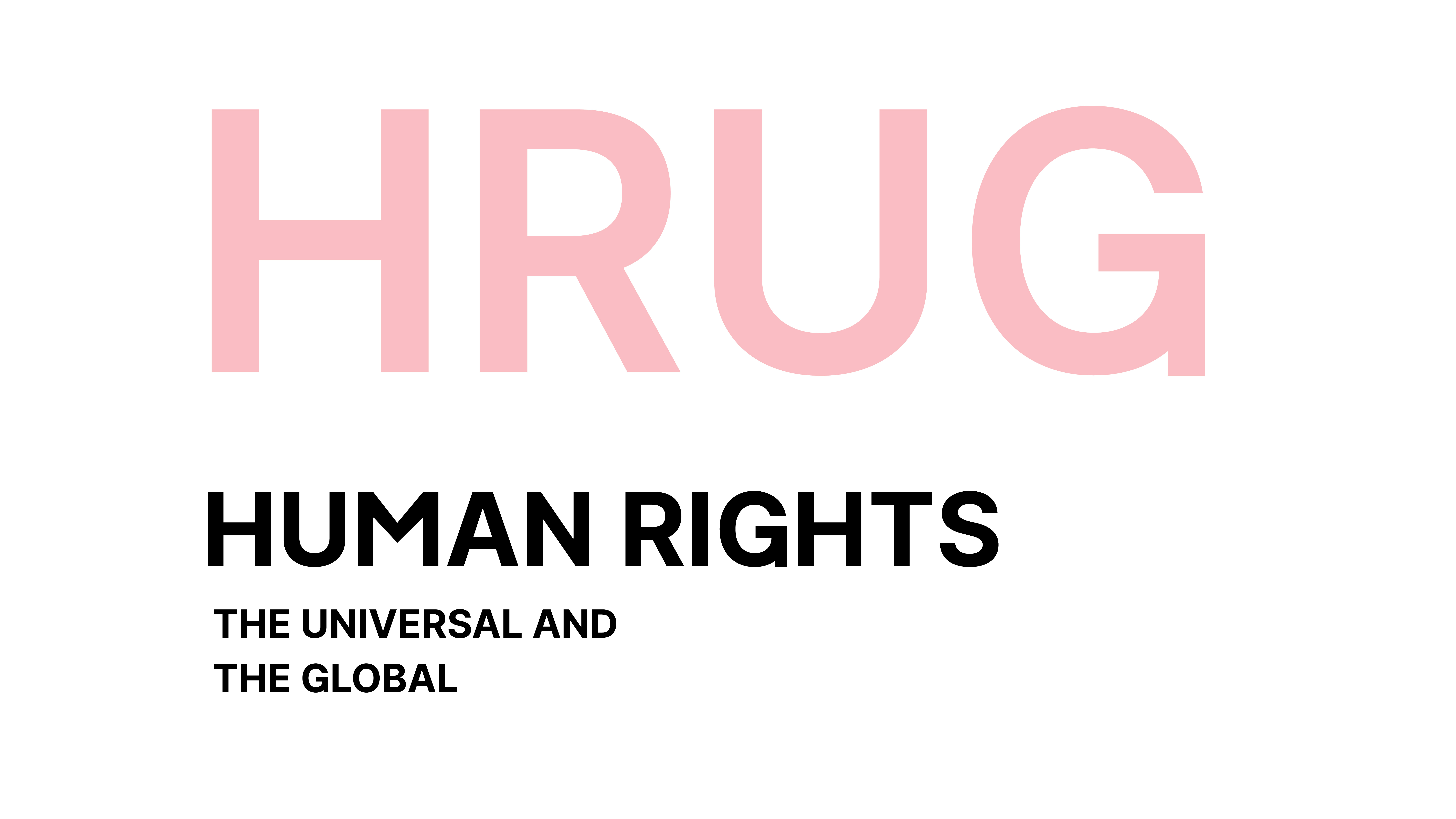The main goal of this section (for now) is to alert/direct HRUGs’ group and the general academic and policy communities (especially in the social sciences, arts, and humanities) to the (interdisciplinary) relationship of art/aesthetics (AE) with Human Rights (HR) by/and providing access/directing to scientific/technical contents on that theme (from sc. papers, sc. book chapters, sc. books, thesis, and specialized institutional reports or websites).
Art/Aesthetics (AE) and Human Rights (HR) might seem like worlds apart. Nevertheless, their connection is a reality, due both to the social threat on artistic/aesthetic rights and the occasional use of AE as means of expressing messages incompatible with HR. Besides, such connection is also a must, considering the power of AE in mediating messages that support HR.
Three main topics are of interest for this section. The first relates to the AE’s contribution to the defence and promotion of HR. The second concerns a critical analysis of the use of the AE for the alienation of HR. And the third regards the HR of the AE and involved individuals or groups.
Considering the first topic, on the art’s contribution to the defence and promotion of the HR, the subject is on how the AE are used to mediate the HR agenda, by making visible the infractions of HR, questioning representations, attitudes, and behaviours incompatible with HR, and proposing others that defend them. Two subtopics of interest can be identified here. The first subtopic is on the procedures through which AE contribute to the defence and promotion of HR, through works of art devoted to the thematic of HR or through social marketing messages related to HR that are infused with art or infused in art. A second subtopic regarding AE for the defence and promotion of HR concerns the processes that explain the impact of the AE in such an attempt, with an emphasis on the psychology of the arts for the HR. The focus here is on how such arts impact the awareness, attitudes and behaviours related to HR, and on how they can be potentiated on the basis of such knowledge.
Besides AE contribution to HR, the second topic of interest is a critical analysis of the use of the AE for the alienation of HR. The subject here is how the AE are used or instrumentalised to mediate representations, attitudes, and behaviours incompatible with HR, or to act as tools for infractions of HR. One subtopic address artworks or aesthetic programmes, often used in propaganda, that convey messages that are incompatible with HR. A second subtopic concerns the psychological processes activated by art and aesthetics that promote hate messages against HR, and how they can be neutralized.
Lastly, the third topic regards the HR of the artists and of individuals as aesthetes and art appreciators. One subtopic addresses the right of freedom of artistic and aesthetic expression and appreciation, often coerced by censorship, prosecution and even destruction of aesthetic manifestations and individuals. Another subtopic relates to the right of intellectual property, typically alienated by copyright infringement, usurpation, instrumentalization, transformation and plagiarism. Another subtopic concerns the artists’ right to privacy, reflected in constraints imposed on the artist by political, commercial, or work agents. One more subtopic relates to the artists’ right to dignified work and social security. Finally, an extra subtopic stands for the consequences and possible reactions to the infraction of HR of the AE and involved individuals or groups.
(continuously updating) LINKS (to contents on the connection of Art/Aesthetics and the HR)
Arts’ contribution to the defence/promotion of HR
- Art for Human Rights (website)
- Art Lab for Human Rights and Dialogue (website)
- The Importance of Art in Human Rights (website)
Critical analysis of the use of the arts/aesthetics for the alienation of HR
- Fascist Art and the Nazi Regime: The Use of Art to Enflame War (thesis)
- Should we censor art? (article)
HR of the arts/aesthetics and involved individuals/groups
- Artists’ Precarity in the Context of Their Social Integration (chapter)
- Freemuse – Defending artistic freedom (website)
- The future of dance and/as work: performing precarity (article)
- The state of artistic freedom – 2021 (report)
General
